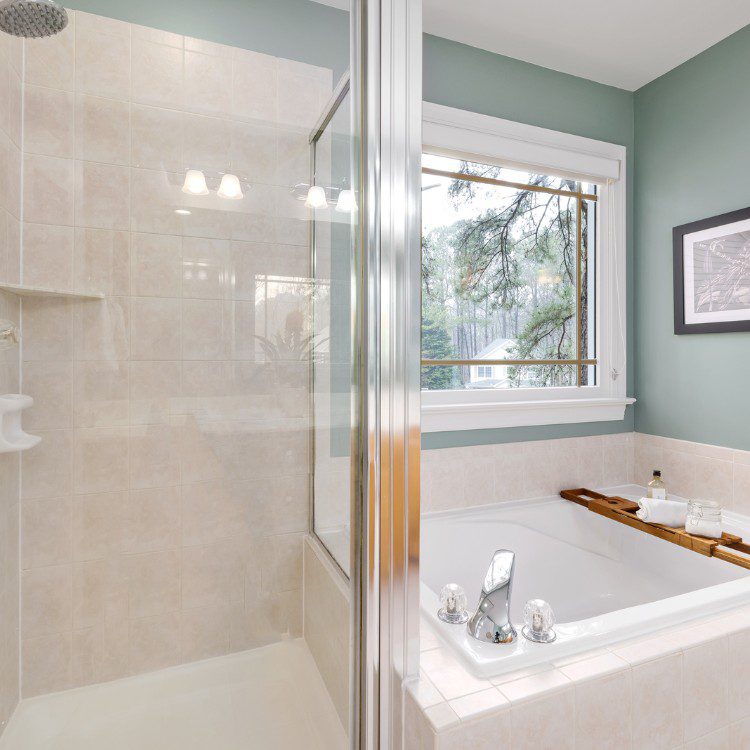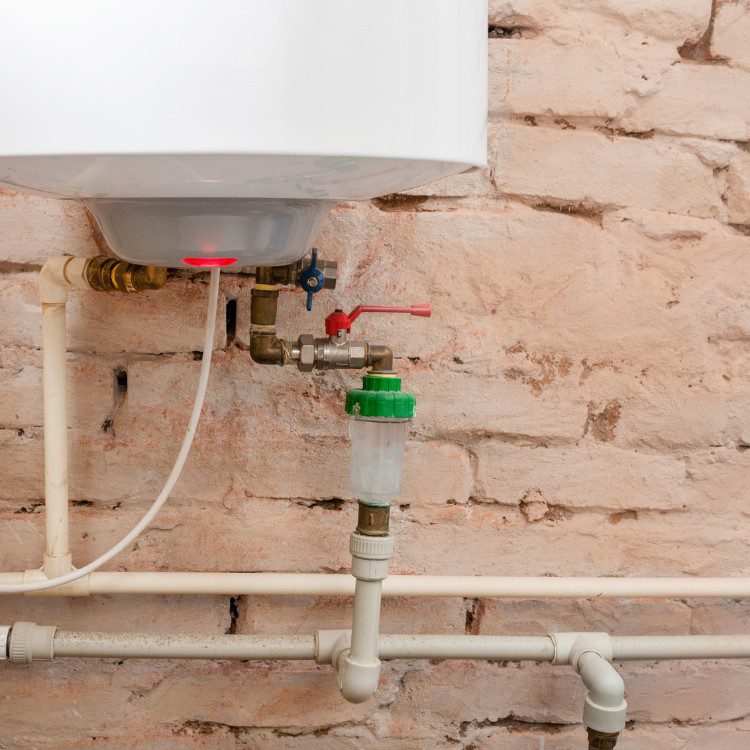Controlling Your Home’s Water Pressure
Serving Allen and Surrounding Areas
The Dangers of Uncontrolled Water Pressure
Protecting Your Plumbing from Excessive Force
High water pressure entering your home might seem like a good thing for shower power, but it can be incredibly damaging to your entire plumbing system. Constant pressure exceeding the recommended levels puts undue stress on pipes, fixtures, and appliances designed to operate within a specific pressure range. This stress accelerates wear and tear, leading to premature failure of faucets, toilets, showerheads, and even major appliances like water heaters, dishwashers, and washing machines.
Beyond the physical damage, excessive water pressure wastes water and energy. Higher flow rates mean more water is used unnecessarily with every tap opened or flush made. Furthermore, pumps within appliances work harder under high pressure, potentially increasing energy consumption and reducing their lifespan. Uncontrolled pressure can also cause annoying and potentially damaging water hammer noise throughout the pipes.
How Pressure Reducing Valves Work
A Pressure Reducing Valve, often abbreviated as PRV, is a crucial plumbing component installed on the main water supply line entering your home. Its primary function is to lower the high incoming municipal water pressure to a safe, constant, and manageable level suitable for your home’s internal plumbing. Think of it as a governor for your water system, ensuring that while the pressure outside may fluctuate, the pressure inside remains steady and safe.
The PRV uses a diaphragm and spring mechanism to regulate pressure. When incoming pressure is too high, it pushes against the diaphragm, closing a valve inside and restricting flow until the downstream pressure drops to the set point. This continuous automatic adjustment ensures that no matter how high the street pressure is, the pressure delivered to your faucets and fixtures remains within the optimal range, typically between 50 and 80 PSI.
Long-Term Advantages for Your Home
Installing or maintaining a functional Pressure Reducing Valve offers significant long-term benefits for your home and wallet. By keeping pressure within the recommended range, you dramatically extend the life of your plumbing fixtures, appliances, and piping. This preventative measure saves you money on frequent repairs and premature replacements of expensive items like water heaters, washing machines, and dishwashers.
Furthermore, properly regulated pressure helps conserve water. Without excessive pressure pushing through pipes and fixtures, less water is consumed during daily activities, leading to lower water bills. Additionally, reduced water usage can indirectly save energy, especially when heating water, contributing to lower utility costs overall.
Consistent water pressure throughout your home improves the performance of showers and faucets and eliminates irritating noises like banging pipes (water hammer) often associated with high pressure. It provides peace of mind knowing your plumbing system is operating safely and efficiently, protected from the stresses of uncontrolled municipal supply pressure.
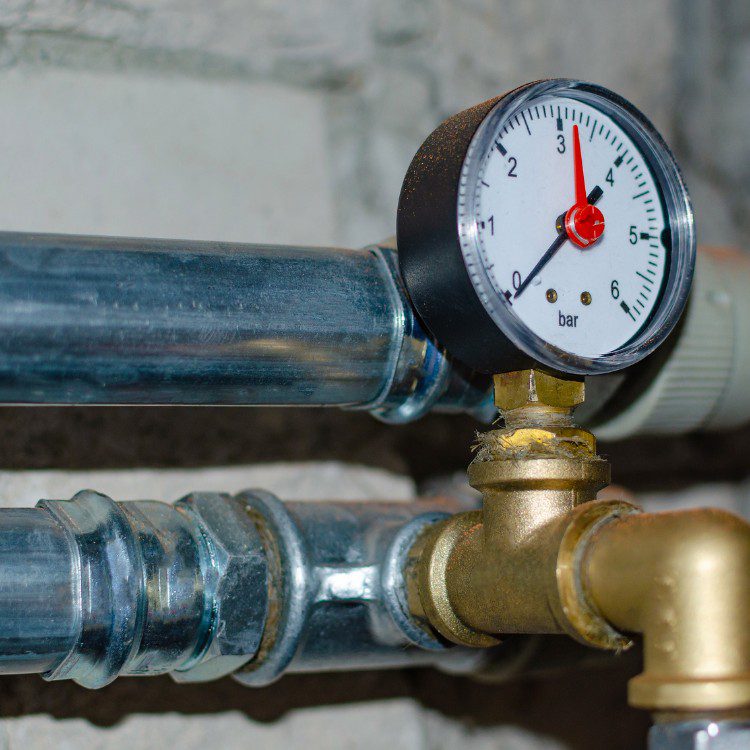
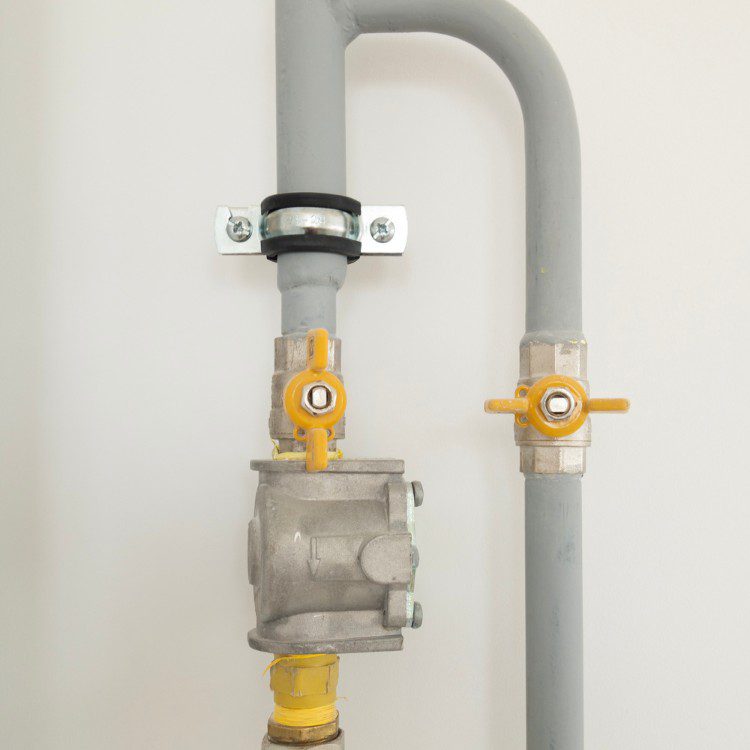
Contact Us Today!
A member of our team will be in touch shortly.
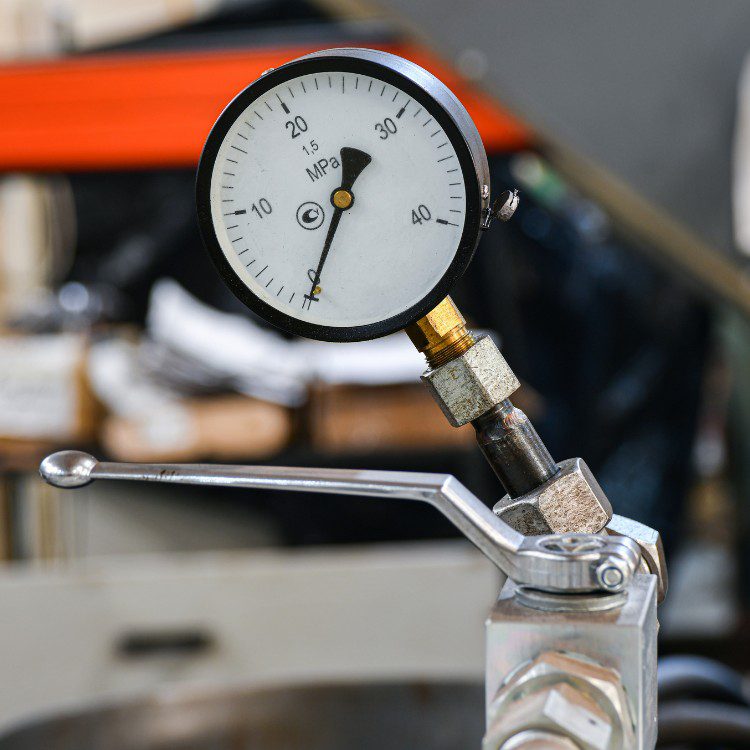
Trustindex verifies that the original source of the review is Google. Layman Plumbing did a fantastic job installing all our outdoor faucets. Highly recommend them for any of your home plumbing repair needs.Trustindex verifies that the original source of the review is Google. I had a great experience with Layman Plumbing when they came to resolve my kitchen plumbing. They identified the issue with my sink pretty quickly and helped me understand the problem. I was given an honest estimate before proceeding with the repair and even told me how I can prevent further issues overtime. The work was done quickly, and they even cleaned up the area afterward, which I really appreciated. My sink is now working perfectly! Highly recommend!Trustindex verifies that the original source of the review is Google. It’s Friday night at 6pm and I’ve got plumbing issues affecting drainage in my sink, dishwasher and washing machine. Just what you want to deal with on a Friday night. I called Layman’s because it’s an individual with great reveiws and why not give the small business a try? William answered right away and came straight out to help me. He resolved the sink, disposal, dishwasher, washing machine and my bathtub drainage issues all in under 1.5hrs. Reasonable, friendly, sanitary and thorough! What more can you ask for!Trustindex verifies that the original source of the review is Google. William was efficient and responsive to our needs. He answered all questions and helped making the best decision without undo pressure. He delivered a good solution as discussed, I recommend his service.Trustindex verifies that the original source of the review is Google. William is fantastic! He is friendly, honest and reliable. He works hard and knows what he is doing. I am a long way away but I shall always vall Layman plumbing for my plumbing issues. It is worth the wait! Thank you William!Trustindex verifies that the original source of the review is Google. William Layman came to my house as promised, calling prior to arrival. He looked at the issue he was called for, with my sprinkler system. He gave me his honest opinion and what my options were. He also came inside and fixed my slow running faucets. His trip charge was very reasonable more than fair. I will definitely call him again for any plumbing issues in the future. Nice guy!!Trustindex verifies that the original source of the review is Google. Best plumber I have ever used. That’s why he is a master plumber.Trustindex verifies that the original source of the review is Google. Great service at a great price. Super responsive and helpful. Highly recommend.Trustindex verifies that the original source of the review is Google. Did a great job installing a new shower rough-in valve for a shower/tub. Very personable/friendly/answered all our questions and valves was installed perfectly. I would definitely recommend this company.Trustindex verifies that the original source of the review is Google. One of our water heaters was having internal dripping issues. We called Mr. Layman and he provided very professional and timely services for us. During the first trip, he helped us make sure that we could still have hot water from the remaining water heater during the upcoming snow days. He even called the manufacturer on our behalf so our water heater would be covered by the warranty. During the second trip, Mr. Layman and his assistant were very thorough and responsible to make sure the old water heater was taken off safely and the new water heater was installed perfectly with proper functions and no potential leaks. We really appreciate his high professionalism. Thanks so much, JohnGoogle rating score: 5.0 of 5, based on 11 reviews
Expert Pressure Reducing Valve Services
Installation, Repair, and Maintenance
If you notice signs of potential high water pressure issues like noisy pipes, leaking fixtures, or rapidly failing appliances, your Pressure Reducing Valve may need attention. PRVs are mechanical devices and can eventually wear out or fail over time, leading to either excessively high or uncomfortably low water pressure throughout the house. A failing valve can also cause pressure to surge unexpectedly, putting your system at risk.
Diagnosing PRV issues and ensuring proper installation, repair, or replacement requires the expertise of licensed plumbing professionals. Attempting DIY repairs on a PRV can lead to incorrect pressure settings, potential damage to your plumbing system, or even water damage if not handled correctly. Professional service ensures the valve is properly sized, installed in the correct location, and calibrated to the optimal pressure setting for your home.
Residents in Allen can rely on Layman Plumbing LLC for expert Pressure Reducing Valve services. Our licensed and insured plumbers have the knowledge and tools to accurately diagnose PRV problems, provide efficient repairs, and perform professional installations or replacements to ensure your home’s water pressure is safe, consistent, and properly regulated, protecting your valuable plumbing assets.
Trustindex verifies that the original source of the review is Google. Layman Plumbing did a fantastic job installing all our outdoor faucets. Highly recommend them for any of your home plumbing repair needs.Trustindex verifies that the original source of the review is Google. I had a great experience with Layman Plumbing when they came to resolve my kitchen plumbing. They identified the issue with my sink pretty quickly and helped me understand the problem. I was given an honest estimate before proceeding with the repair and even told me how I can prevent further issues overtime. The work was done quickly, and they even cleaned up the area afterward, which I really appreciated. My sink is now working perfectly! Highly recommend!Trustindex verifies that the original source of the review is Google. It’s Friday night at 6pm and I’ve got plumbing issues affecting drainage in my sink, dishwasher and washing machine. Just what you want to deal with on a Friday night. I called Layman’s because it’s an individual with great reveiws and why not give the small business a try? William answered right away and came straight out to help me. He resolved the sink, disposal, dishwasher, washing machine and my bathtub drainage issues all in under 1.5hrs. Reasonable, friendly, sanitary and thorough! What more can you ask for!Trustindex verifies that the original source of the review is Google. William was efficient and responsive to our needs. He answered all questions and helped making the best decision without undo pressure. He delivered a good solution as discussed, I recommend his service.Trustindex verifies that the original source of the review is Google. William is fantastic! He is friendly, honest and reliable. He works hard and knows what he is doing. I am a long way away but I shall always vall Layman plumbing for my plumbing issues. It is worth the wait! Thank you William!Trustindex verifies that the original source of the review is Google. William Layman came to my house as promised, calling prior to arrival. He looked at the issue he was called for, with my sprinkler system. He gave me his honest opinion and what my options were. He also came inside and fixed my slow running faucets. His trip charge was very reasonable more than fair. I will definitely call him again for any plumbing issues in the future. Nice guy!!Trustindex verifies that the original source of the review is Google. Best plumber I have ever used. That’s why he is a master plumber.Trustindex verifies that the original source of the review is Google. Great service at a great price. Super responsive and helpful. Highly recommend.Trustindex verifies that the original source of the review is Google. Did a great job installing a new shower rough-in valve for a shower/tub. Very personable/friendly/answered all our questions and valves was installed perfectly. I would definitely recommend this company.Trustindex verifies that the original source of the review is Google. One of our water heaters was having internal dripping issues. We called Mr. Layman and he provided very professional and timely services for us. During the first trip, he helped us make sure that we could still have hot water from the remaining water heater during the upcoming snow days. He even called the manufacturer on our behalf so our water heater would be covered by the warranty. During the second trip, Mr. Layman and his assistant were very thorough and responsible to make sure the old water heater was taken off safely and the new water heater was installed perfectly with proper functions and no potential leaks. We really appreciate his high professionalism. Thanks so much, JohnGoogle rating score: 5.0 of 5, based on 11 reviews
Locally Owned
Licensed & Insured
Free Estimates
Our Services
Gas & Water Lines
Water Heater Repair & Replacement
